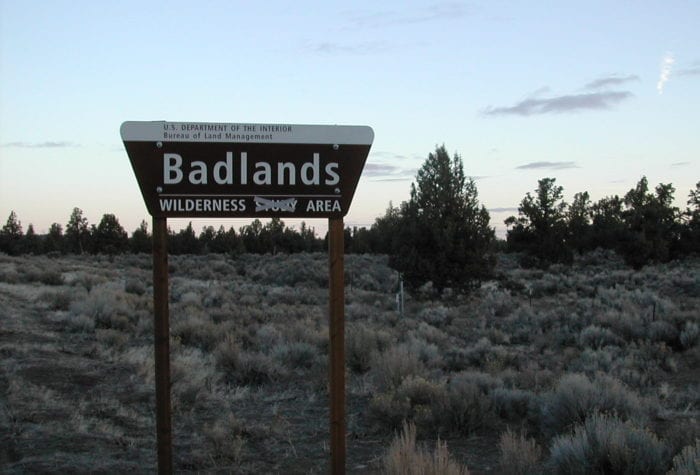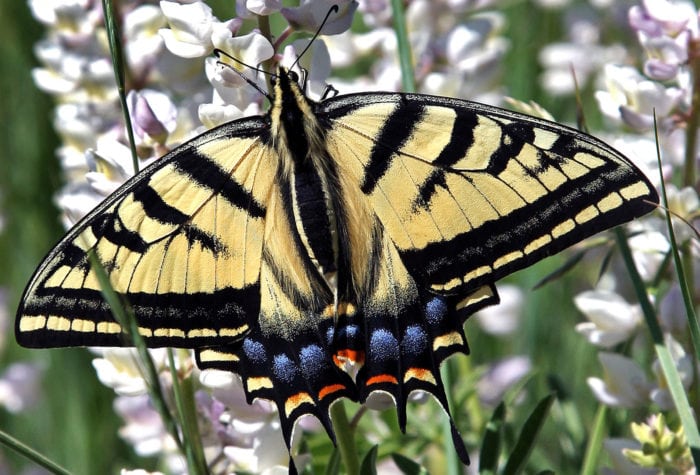Keep an eye out for the gorgeous purple sage, adding a soft, somewhat incongruous, lushness to the hot rock piles and harsh cliff faces it thrives in. This spectacular plant is a relative of the mints and culinary sages, and not related to sagebrush, which is in the Composite family. Another great plant to watch for now is the very widely distributed, but never very common, skyrocket or scarlet gilia. Usually starting a brilliant scarlet red, to attract hummingbirds, this spectacularly showy flower can also be orange-red, spotted red on cream, or even close to salmon colored. Interestingly, the flowers often fade from red to lighter colors later in the season, as hummingbirds move on to higher elevations, and they thus attract the night-flying sphinx moths — huge hovering moths whose feeding strategy parallels that of hummingbirds.
As snow finishes melting, water levels in desert streams and vernal ponds will be dropping quickly, making this a good time to investigate the riparian zones for amphibians and reptiles. Toadlets, sometimes in the thousands, are on the move. As soils dry out, many will find a spot to estivate (from the Latin root word aestus, or heat, thus relating to summer and thereby meaning hiding from the heat of it) and avoid the heat of the summer.
Finding rattlesnakes — which is either fun or terrifying depending upon your perspective — is also easy enough now. They’re often up early or late, so be watchful at dawn and dusk. Cute baby rodents, especially ground squirrels and wood rats, and fluffy baby lagomorphs (rabbits and hares), who haven’t yet learned the way of the world, often fall victim to our various snakes.
Migrating shorebirds, such as Least Sandpipers, Western Sandpipers, Long-billed Dowitchers, Lesser and Greater Yellowlegs, are returning from their time in Alaska and Canada and arriving at Summer Lake Wildlife Area and Malheur National Wildlife Refuge. Resident shorebirds, such as the Black-necked Stilt, Snowy Plover and Spotted Sandpiper, will have nested and now have downy chicks.
The Alpha Capricornids meteor shower peaks this year on July 28 to 29. Alas, the moon being at about 74% full then will detract from optimal viewing. But go out anyway!

